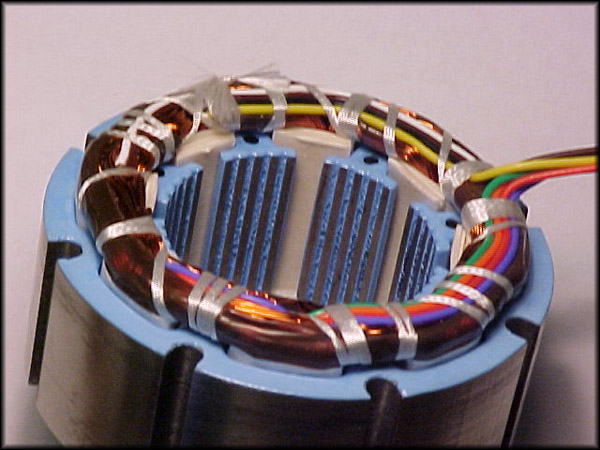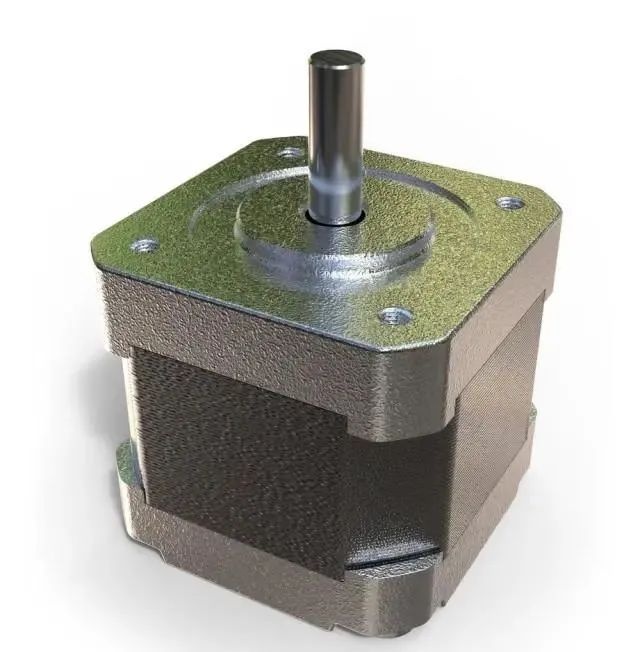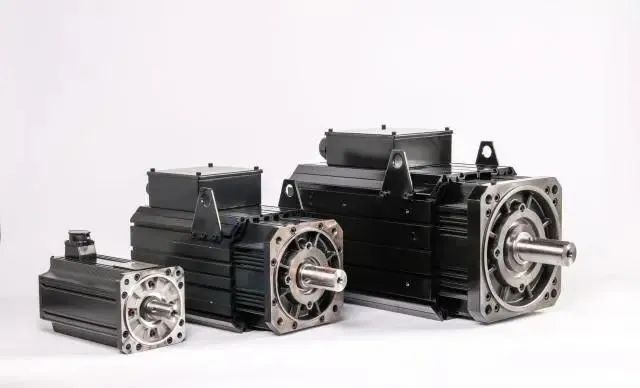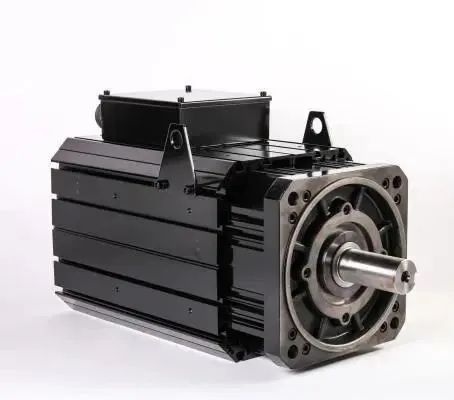Ten advantages and disadvantages of stepper motors and DC servo motors
A stepper motor is a special brushless DC motor in which the solenoid coils are arranged on the outside of the motor, and the center of the motor has an iron or magnetic core attached to the shaft. By sequencing the coil voltages, precise rotational control can be achieved at relatively low cost. Control is usually open loop, so the system does not know if the motor is stalled or out of sync with the controller.

1. Stable, can drive a wide range of frictional and inertial loads.
2. No feedback is required, the motor is the position sensor.
3. Cheaper than other motion control systems.
4. Standardized frame size and performance.
5. Plug and play, easy to set up and use.
6. Safety, if any parts of the system are damaged, the motor will stop.
7. Long life, bearing is the only wear mechanism.
8. Excellent low speed torque, can drive many loads without gears.
9. Excellent repeatability, accurate return to the same position.
10. Overload safety, the motor cannot be damaged due to mechanical overload.

Ten disadvantages of stepper motors:
1. Low efficiency, no matter how much the load is, the motor consumes a lot of power.
2. Torque decreases rapidly with speed (torque is inversely proportional to speed).
3. Low precision, 1:200 at full load and 1:2000 at light load.
4. It is easy to resonate and requires microstepping to move smoothly.
5. No feedback output for missing steps.
6. Low torque-to-inertia ratio, can not accelerate the load quickly.
7. In the high performance configuration, the motor gets very hot.
8. The motor will not "start" after a momentary overload.
9. At medium and high speed, a loud noise from the motor can be heard.
10. Low output power for size and weight.
servo motor
A servo motor is a rotary or linear actuator that allows precise control of angular or linear position, velocity and acceleration. It consists of a suitable motor coupled to a sensor for position feedback, and it also requires a relatively complex controller, usually a dedicated module designed specifically for servo motors. Servo motors are not a special type of motor and are often used to refer to motors suitable for use in closed-loop control systems.

Ten advantages of DC servo motor:
1. High output power in relation to motor size and weight.
2. The encoder determines the precision and resolution.
3. High efficiency, can be close to 90% at light load.
4. High torque-to-inertia ratio, it can quickly accelerate the load.
5. Has "reserve" capability, 2-3 times continuous power, and short duration.
6. Has "reserve" torque, 5-10 times the rated torque in the short term.
7. The motor remains cool and the current draw is proportional to the load.
8. Available high speed torque, keep rated torque at 90% of NL speed
9. Quiet sound can be heard when running at high speed.
10. Resonance and vibration-free operation.

Ten disadvantages of DC servo:
1. Need to "tune" to stabilize the feedback loop.
2. When a part is broken, the motor "runs away" and requires a safety circuit.
3. Complicated and requires an encoder.
4. Brush wear limits the service life to 2000 hours, while periodic replacement is required.
5. Peak torque is limited to 1% of the duty cycle.
6. The motor may be damaged by continuous overload.
7. Confusing selection of motors, encoders, servo drives.
8. The power supply current is 10 times the peak torque on average.
9. Motors produce peak power at higher speeds, often requiring gearing.
10. The motor cooling is poor, and the ventilation motor is easily polluted.



























 XINDA
XINDA